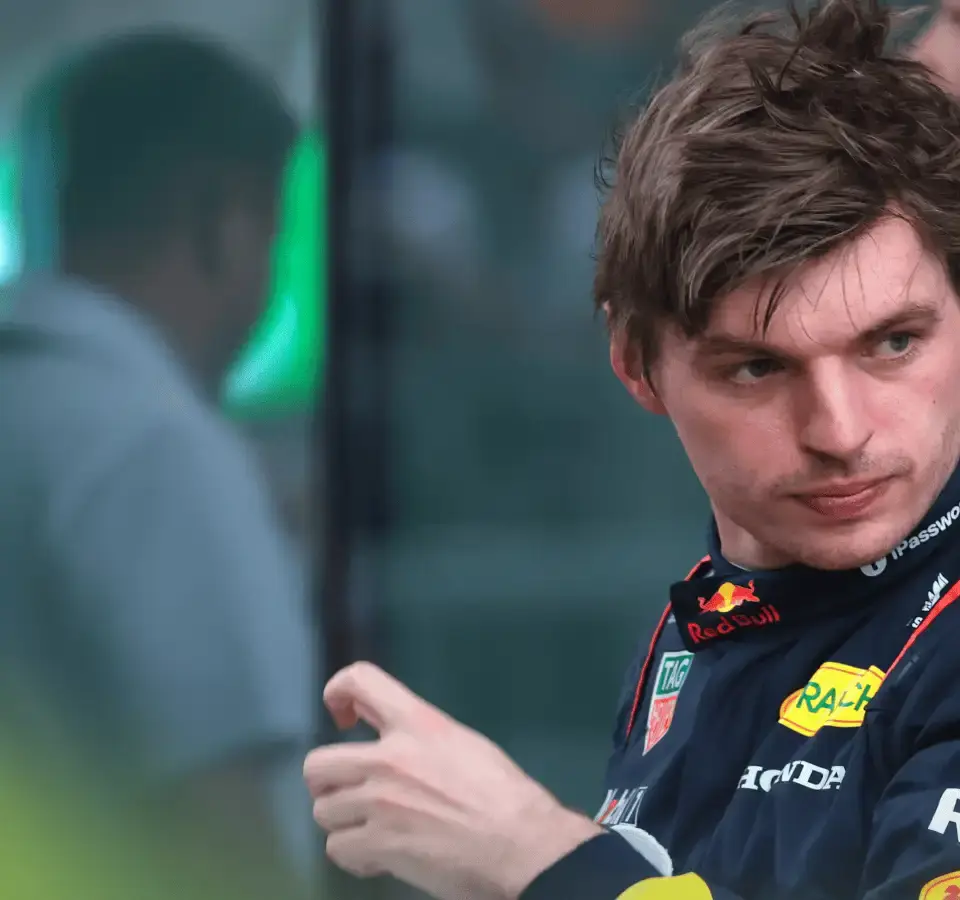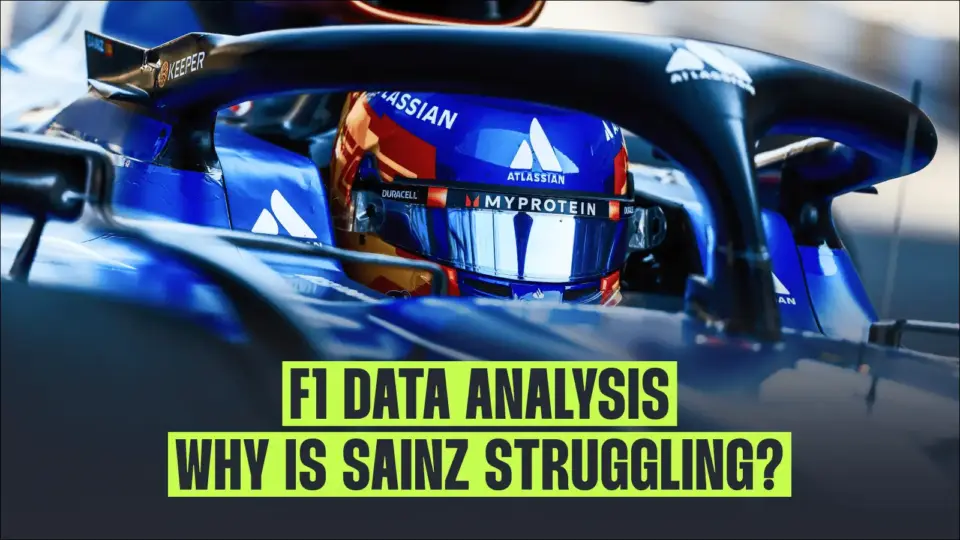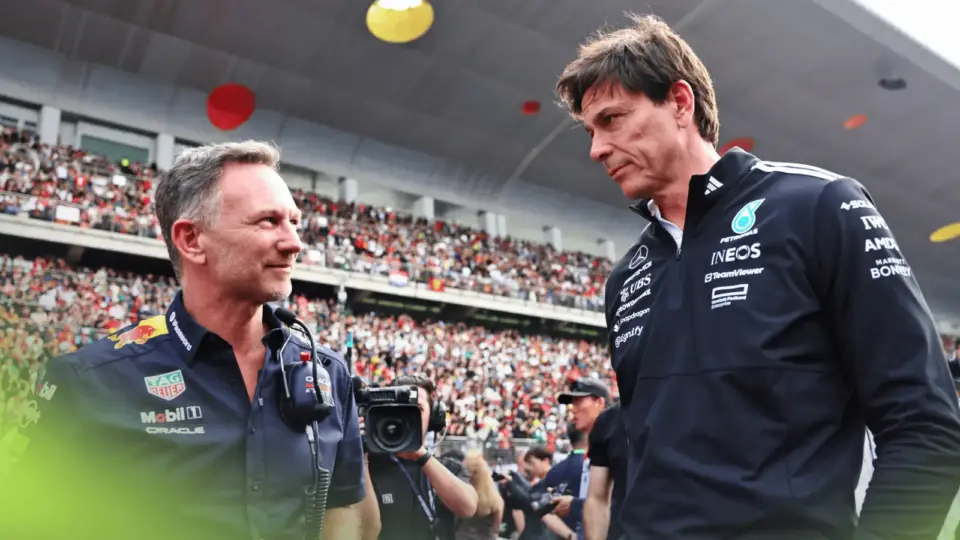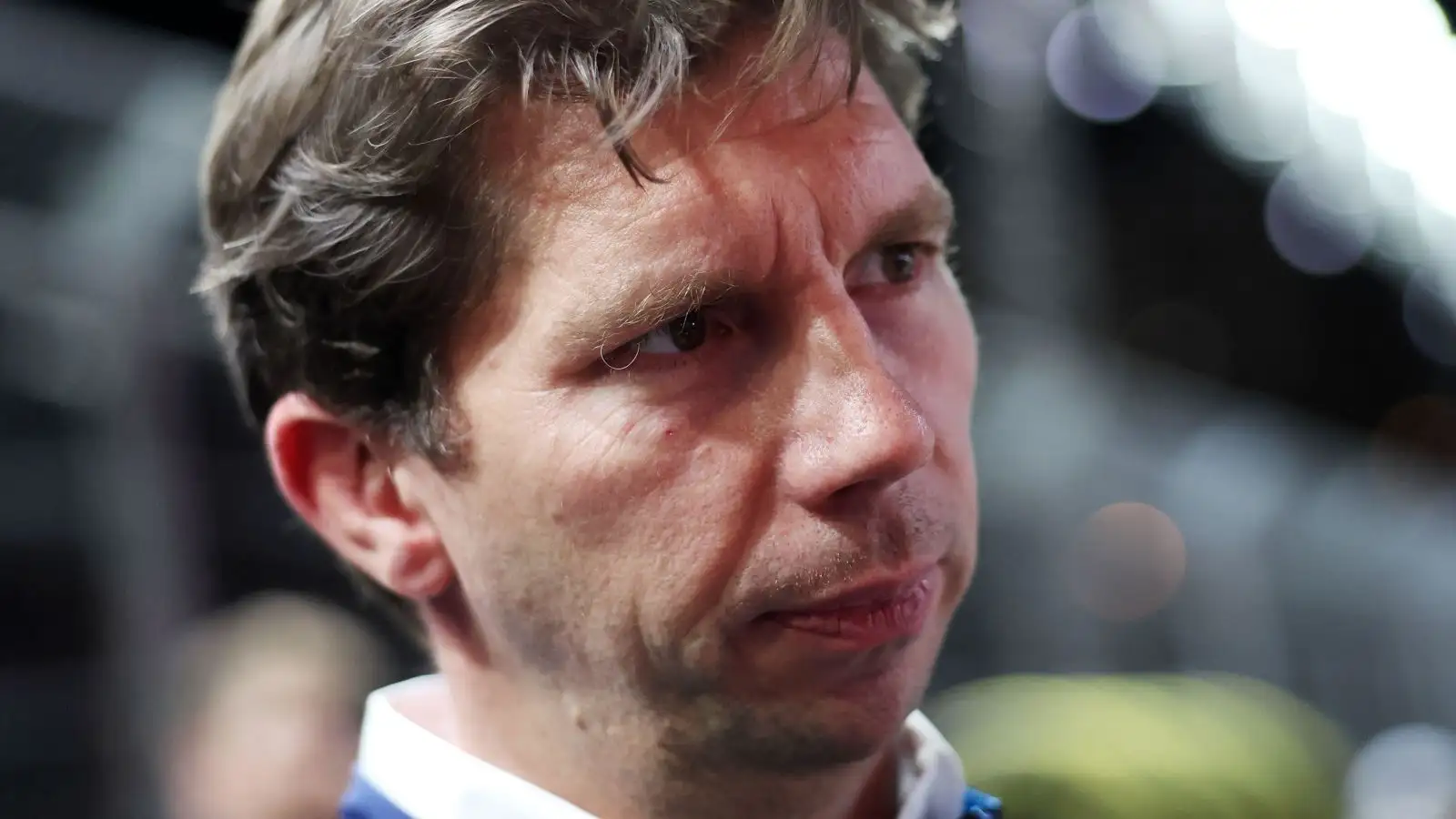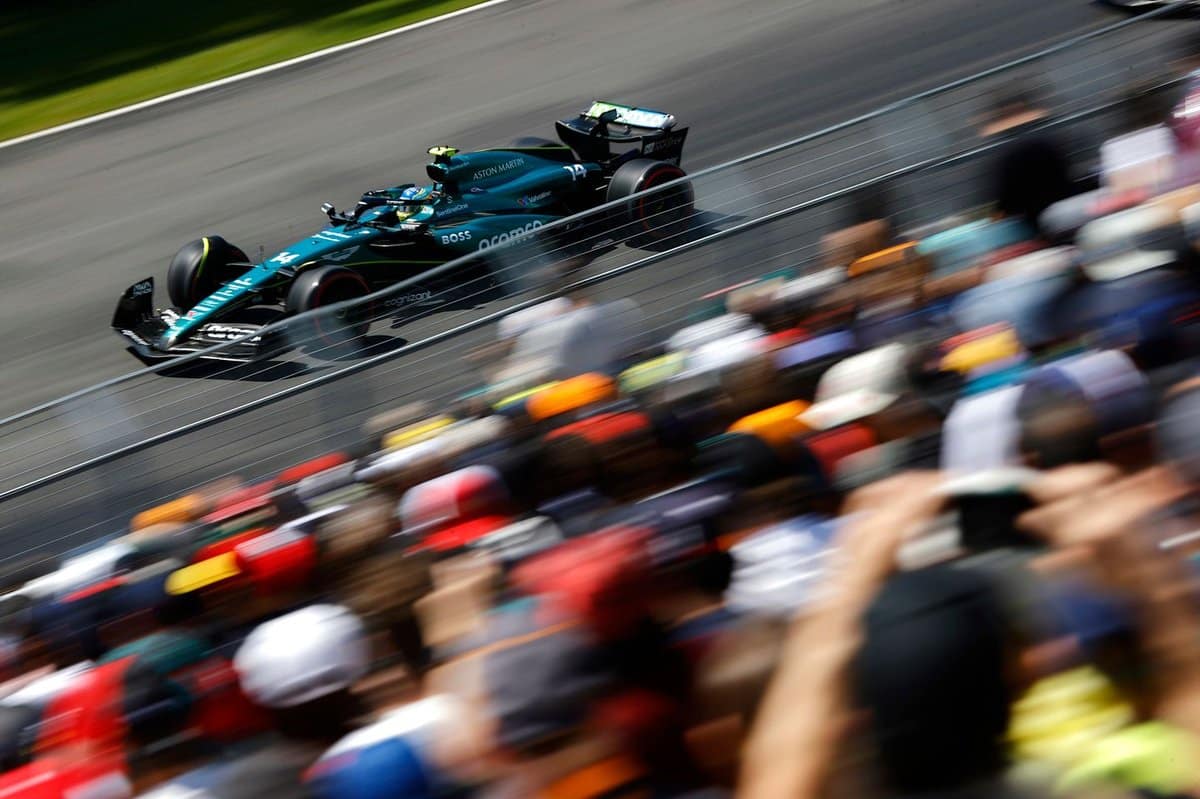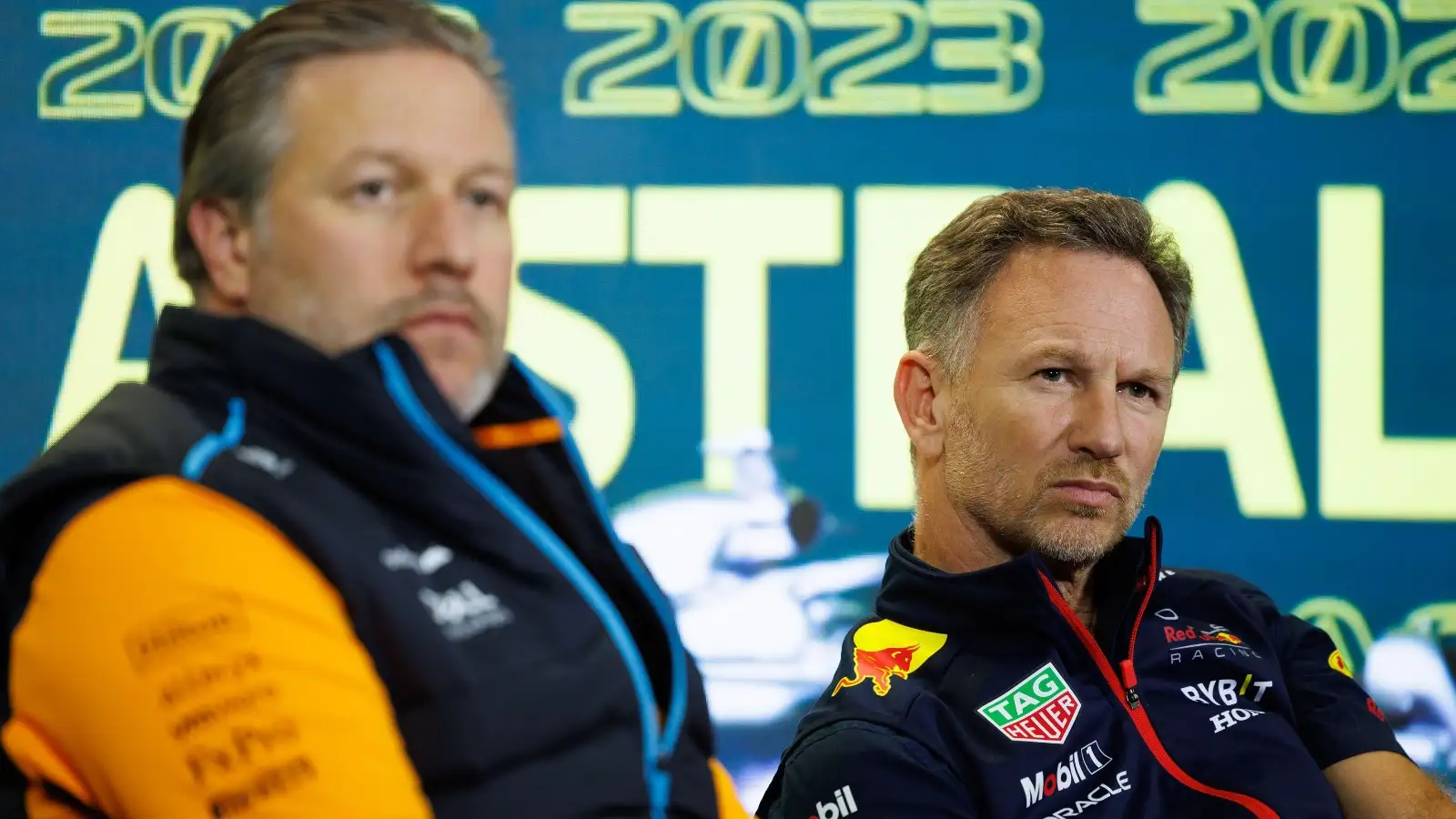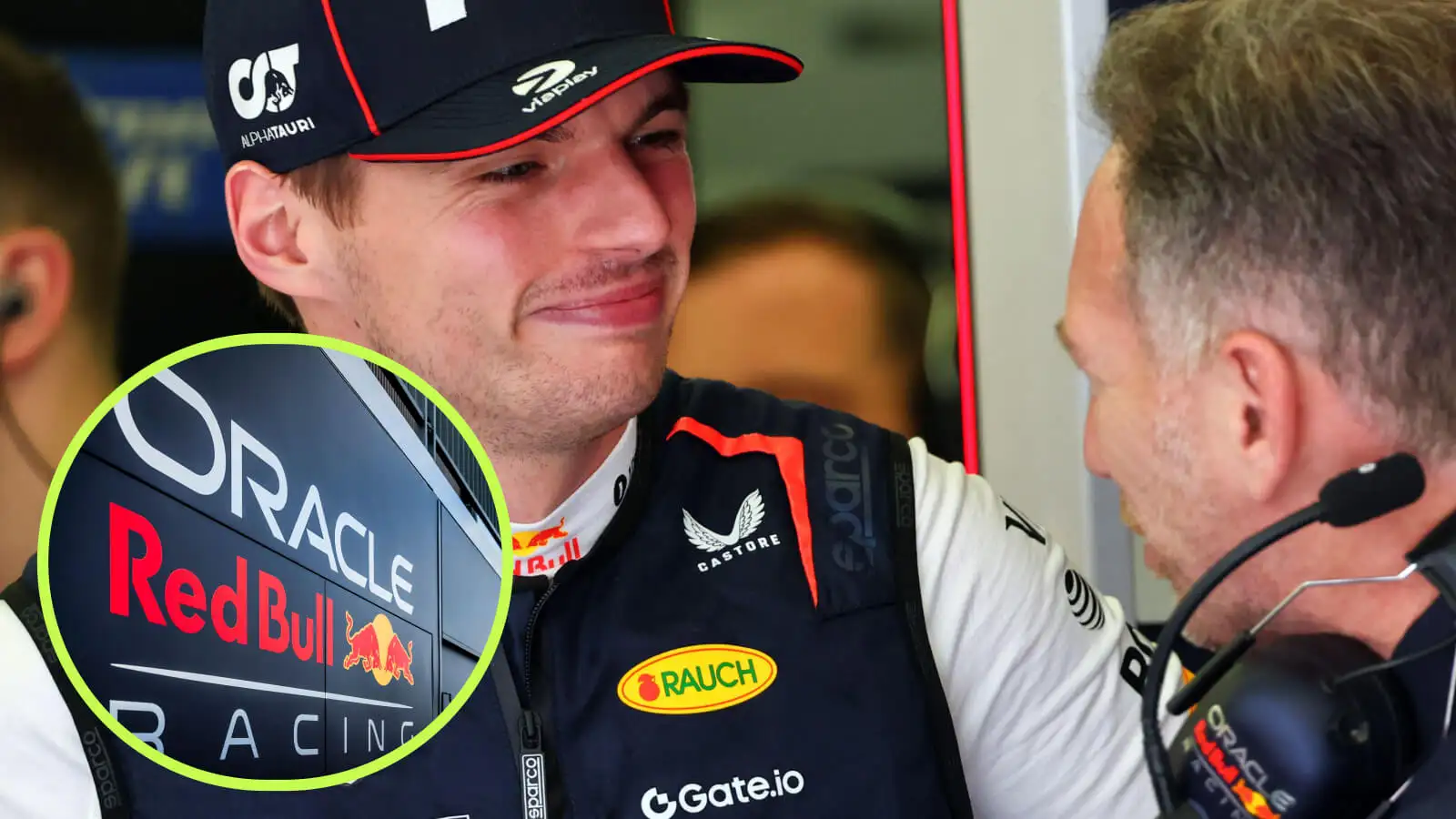Max Verstappen’s recent comments have stirred the F1 community, suggesting Liam Lawson might exhibit quicker performance in the Racing Bulls vehicle compared to the Red Bull RB21. In response, Helmut Marko offers a clear perspective on the actual dynamics at play between these cars.
Helmut Marko firmly asserts that while the RB21 may present driving challenges, it stands superior to the Racing Bulls car. Verstappen’s assertion, however, reflects the general perception that the Racing Bulls vehicle offers a smoother driving experience due to its less demanding nature. According to Marko, despite being more approachable for drivers, the Racing Bulls car does not match up to the RB21 in race conditions, highlighting a distinct gap during longer stints.
The Racing Bulls vehicle is known for its ease of handling, especially noticeable during qualifying laps. However, as Marko points out, once the race is underway, its performance significantly drops, setting it apart from the edgy yet fast-paced RB21. Christian Horner, team principal, echoes Marko’s sentiments by noting the stable handling and inherent understeer of the Racing Bulls, which contrasts with the sharper dynamics of the RB21. His comments suggest that while the Racing Bulls may be easier to adapt to, extracting the full potential from the RB21 remains a bigger yet rewarding challenge for experienced drivers.
Amid these technical evaluations, Red Bull’s decision to allow Yuki Tsunoda his debut with the senior team in the upcoming Japanese Grand Prix marks a strategic move in response to Lawson’s recent struggles in Australia and China. Following poor qualifying sessions, Red Bull decided to act swiftly, making a driver swap to capitalize on Tsunoda’s talent, which they believe could better harness the RB21’s capabilities.
This series of changes and strategic decisions also takes place against the backdrop of Red Bull’s tribute to their longstanding partnership with Honda. The planned return of the special white livery for the Japanese Grand Prix signifies the end of an era. It serves as both a homage to their successful collaboration and a familiar nod to fans who witnessed a similar tribute during the pandemic-affected 2021 season.
In the dynamic world of Formula 1, car performance discussions and strategic driver placements are vital elements that shape each season. While Verstappen’s remarks provide insight into the varying challenges drivers face, Marko’s response and the team’s subsequent actions underline a thoughtful approach to maintaining competitive edge.
